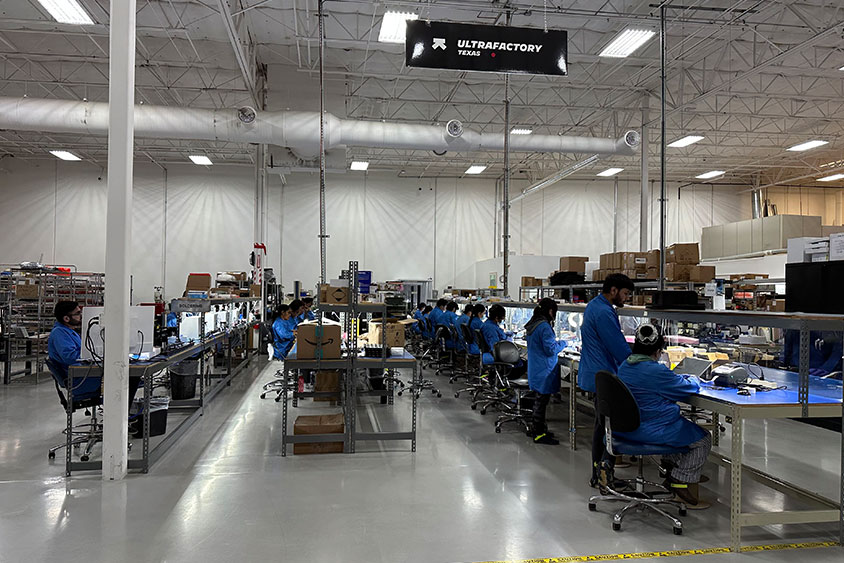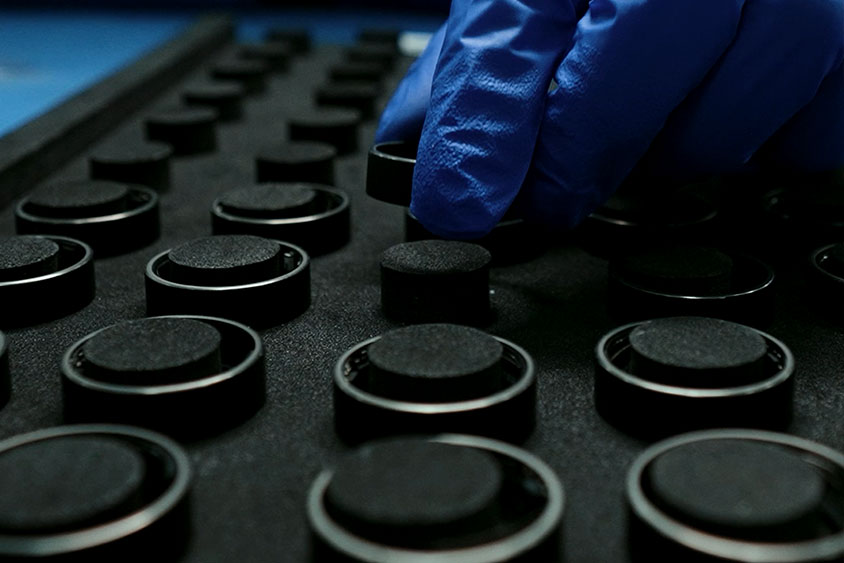
Health and fitness wearables are no longer a luxury but a necessity for many, with their ability to provide real-time insights into physical performance and wellness. Ultrahuman is looking to capitalize on this growing demand. With new tariffs affecting international trade and costs, the company is strategically strengthening its foothold in the US market by prioritizing domestic manufacturing. Here's how Ultrahuman is transforming the industry and what it means for consumers.
Why Trust Us?
ACTIVE.com's editorial team relies on the knowledge and experience of fitness and wellness experts, including competitive athletes, coaches, physical therapists, nutritionists, and certified trainers. This helps us ensure that the products we feature are of the highest standard. Collectively, the team has spent countless hours researching equipment, gear, and recovery tools to create the most accurate, authentic content for our readers. Customer satisfaction is also a key part of our review process, which is why we only feature highly rated products.
Ultrahuman's Expansion into US Manufacturing
Ultrahuman recently unveiled its plans to ramp up production at its American manufacturing facility, UltraFactory, in Plano, Texas. Established in partnership with SVtronics, a US-based electronics manufacturing firm, this facility is designed to cater exclusively to Ultrahuman’s innovative wearable product, the Ring AIR.
Since its launch in November 2024, UltraFactory has been fully operational and has ambitious goals. By the end of this year, Ultrahuman aims to meet 100% of US demand for the Ring AIR. This facility's production capacity will soon reach over half a million units annually, a significant benchmark for any health-tech manufacturer.
Bringing manufacturing to the US is a key step in our vision to empower more people with real-time health insights. The UltraFactory allows us to deliver products faster, enhance quality control, and further strengthen our commitment to American consumers to bring them cutting-edge health technology.
Benefits of US-Based Manufacturing
For a company like Ultrahuman, transitioning to local manufacturing offers several strategic advantages:
- Faster Delivery: With production happening in Plano, American customers can expect quicker shipping times compared to imported goods.
- Enhanced Product Quality: Domestic production facilitates rigorous quality control, ensuring each unit meets Ultrahuman’s high standards.
- Greater Reliability: By manufacturing locally, the company mitigates risks associated with global supply chain disruptions, providing a more consistent experience for customers.
Addressing Tariffs with a Proactive Strategy
The recent introduction of higher tariffs on imported goods has posed challenges for many businesses, particularly in the technology sector. These tariffs can make importing electronics significantly more expensive, leading to higher prices for consumers and squeezed profit margins.
Ultrahuman’s decision to manufacture its products domestically is a proactive approach to combating these challenges. By producing the Ring AIR within the United States, the company is effectively mitigating the impact of tariffs, ensuring that its products remain competitively priced. This move not only protects consumer access to affordable health technology but also stabilizes the company’s market position against competitors who rely heavily on overseas manufacturing.
Such foresight reaffirms Ultrahuman’s dedication to maintaining stable pricing and uninterrupted availability of its products, even in a turbulent economic landscape.
Economic Impact in Plano, Texas
Ultrahuman’s investment in Plano goes beyond meeting consumer demand. The UltraFactory is expected to contribute significantly to the local economy by creating hundreds of high-skilled jobs. These roles span advanced manufacturing, engineering, and operational management, directly benefiting the community and fostering local talent.
This investment also strengthens Plano’s already thriving technology and healthcare ecosystem, positioning it as a hub for innovation. By pouring resources into advanced manufacturing capabilities, Ultrahuman is reinforcing its broader commitment to growing the US technology and healthcare industries.
The ripple effects extend further. A robust manufacturing facility like UltraFactory has the potential to inspire similar business ventures in the region, amplifying Plano’s economic growth and technological prominence.
Looking Ahead: Growth and Innovation in Health Wearables
Ultrahuman is not just focused on meeting current market demands; the company has its sights set firmly on the future. With plans to produce over half a million units annually, the UltraFactory symbolizes the company’s dedication to scaling its impact on health optimization.
This is just the beginning for Ultrahuman. By continuing to innovate in wearable technology, the company is poised to deliver groundbreaking advancements that improve both individual health outcomes and the collective health index in the United States. From refining the accuracy of health data tracking to enhancing the wearable experience, the possibilities are endless.
Mohit Kumar sums it up perfectly, stating, “The UltraFactory represents a leap forward, not just for Ultrahuman, but for the future of smart health wearables in the US. We are excited to continue investing in this ecosystem and bringing more world-class technology to consumers.”
Empowering Consumer Health and the Industry
With tariffs presenting challenges across the industry, Ultrahuman’s proactive strategy shows how businesses can adapt and thrive. Their efforts ensure that American consumers will not only have access to cutting-edge wearables but also reap the benefits of a more sustainable and reliable supply chain.
The future of health technology looks brighter.



